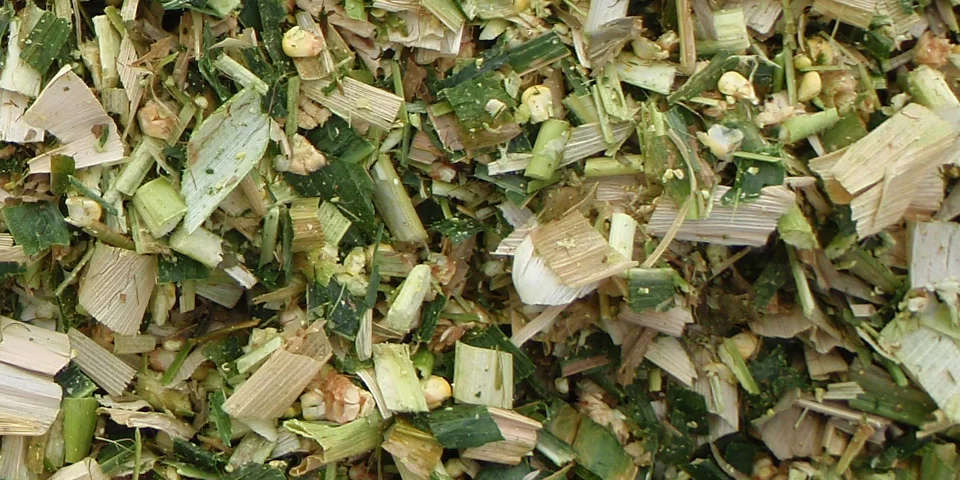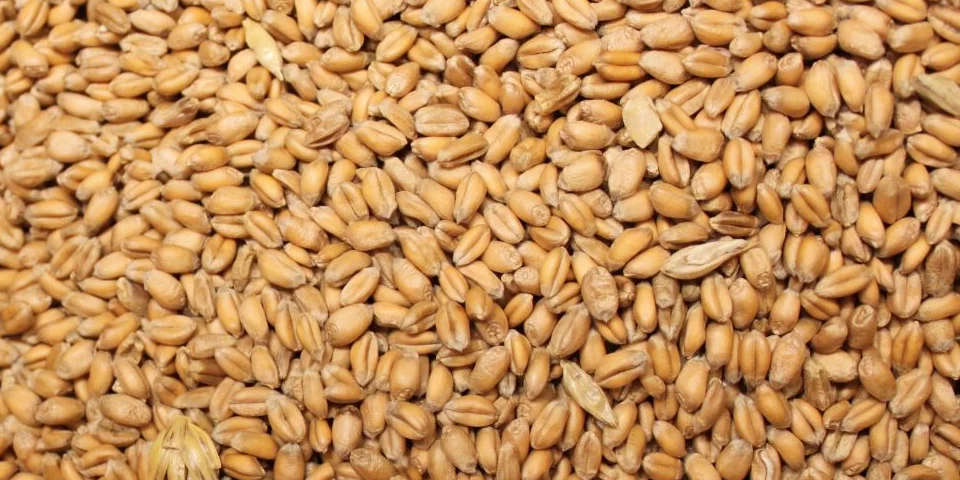Ruminants have a degree of natural defence against many mycotoxins. The microflora within the rumen can degrade some toxins, metabolising them into a less toxin form. This natural defence relies on the animal having a healthy functioning rumen with a thriving natural bacterial population.
Modern farming and feeding techniques can have a significant impact on the function of the rumen. Modern animals are fed a diet containing large amounts of grain. This can affect the rumen balance and even lead to acidosis. During acidosis, the natural bacterial population of the rumen is severely decreased, removing the natural defence against mycotoxins. As the majority of mycotoxins in a ruminant diet come from grains, this can lead to situations where ruminants are unexpectedly affected by mycotoxins.
Regardless of an animals ability to naturally detoxify mycotoxins, the energy cost to do so is a financial cost to any farming business. Even low levels of mycotoxins will affect animal productivity, even if they don’t result in health issues.
Sources of Mycotoxins
Complex diets and feed transitions that combine forages, by-products, and fermented feeds all present a risk to ruminants. Straw and other grown bedding materials can also be a source of mycotoxins.

Forage
Forages are frequently found infected with Fusarium and Aspergillus fungi. Maize is at particularly high risk of Fusarium infection.

Grain
Grain is often contaminated by Fusarium fungi, which favour cooler and wetter conditions. Fusarium species are known to produce Trichothecene and Fumonisin mycotoxins.

Straw
Results from our straw survey show that straw is frequently contaminated with multiple mycotoxins.
Mycotoxicosis Symptoms
Symptoms of mycotoxin exposure are varied. There is no one symptom of mycotoxicosis and all symptoms may be attributed to a different cause. However, the more symptoms animals are showing, the more likely it is that mycotoxins are the cause.
Common symptoms of mycotoxicosis in ruminants include:
- Reduced milk production
- Increased somatic cell count
- Poor immunity
- Fertility problems
- Diarrhea and/or blood stained feaces
- Feed refusal
Different mycotoxins cause different symptoms. Specific symptoms associated with the most common mycotoxins can be found below:
Aflatoxins
Aflatoxins are of particular concern to the dairy industry. Aflatoxin B1 (AFB1) is a potent carcinogenic toxin. It is metabolised by the liver to Aflatoxin M1 (AFM1), which is also carcinogenic. AFM1 passes in to the milk, presenting a risk to young animals and humans. For this reason, AFM1 levels in milk are heavily regulated worldwide.
Zearalenone (ZON)
Zearalenone (ZON) is also produced by Fusarium fungi, and is commonly found in feeds also contaminated with trichothecene mycotoxins.
ZON mimics the biological activity of oestrogen. High levels of ZON can therefore disrupt fertility and reproductive functions in ruminants. This can present itself as reduced milk production, lower conception rates, or increased abortion rates.
Deoxynivalenol (DON) and other Trichothecenes
The trichothecenes are a group of several similar mycotoxins. Deoxynivalenol (DON) belongs to this group, and is the most prevalent mycotoxin in ruminant feedstuffs. T2 toxin is another common trichothecene toxin. Although T2 is often found at lower levels in feed, it is much more toxic than DON. Trichothecene mycotoxins are usually produced in combination with each other by Fusarium fungi.
Although ruminants are generally less susceptible to acute trichothecene toxicosis, the impact of chronic effects can be significant.
Gastrointestinal problems, diarrhea, and poor growth rate can all be caused by trichothecenes.
Fumonisins
Ruminants are less able to naturally detoxify Fumonisins than the other toxin, although the toxicity of Fumonisins is also less than other mycotoxins. Higher levels of Fumonisins are associated with liver and kidney damage.